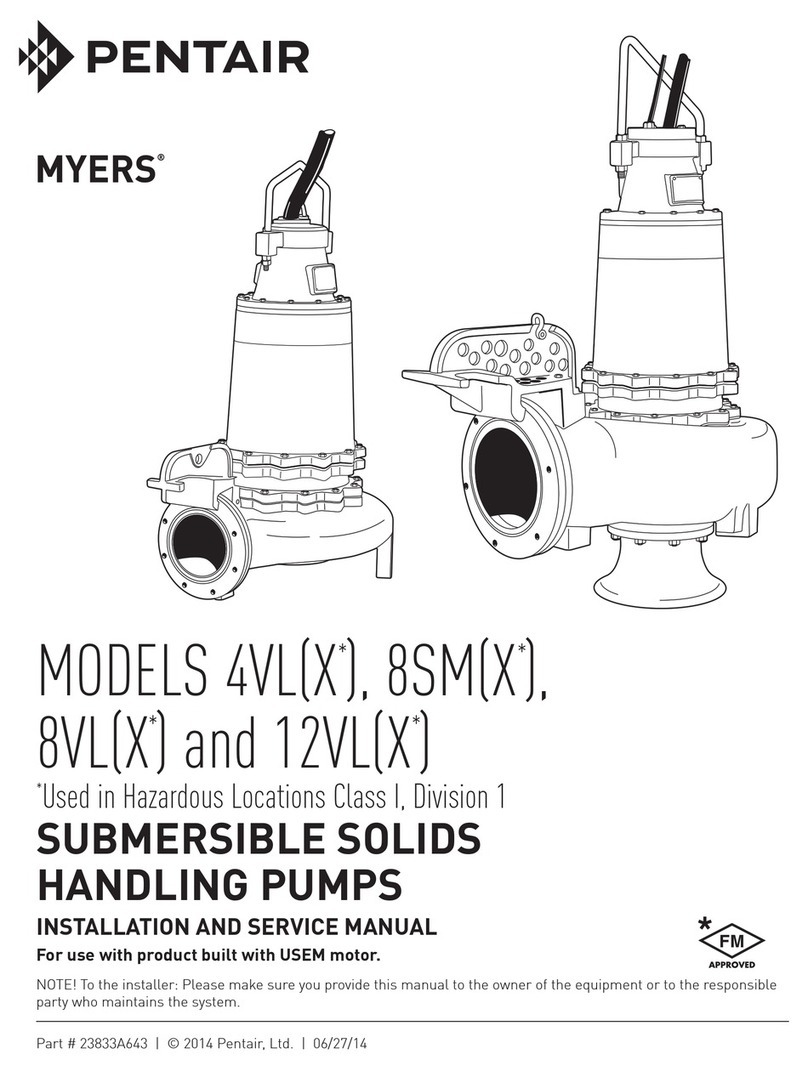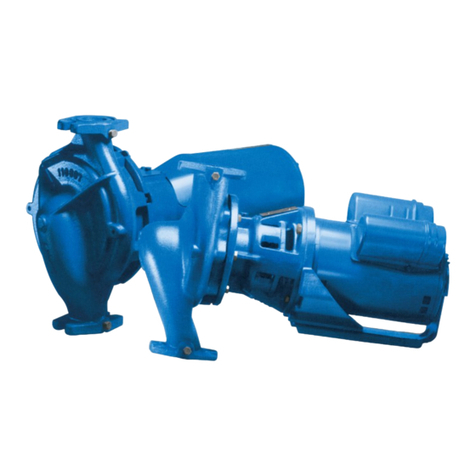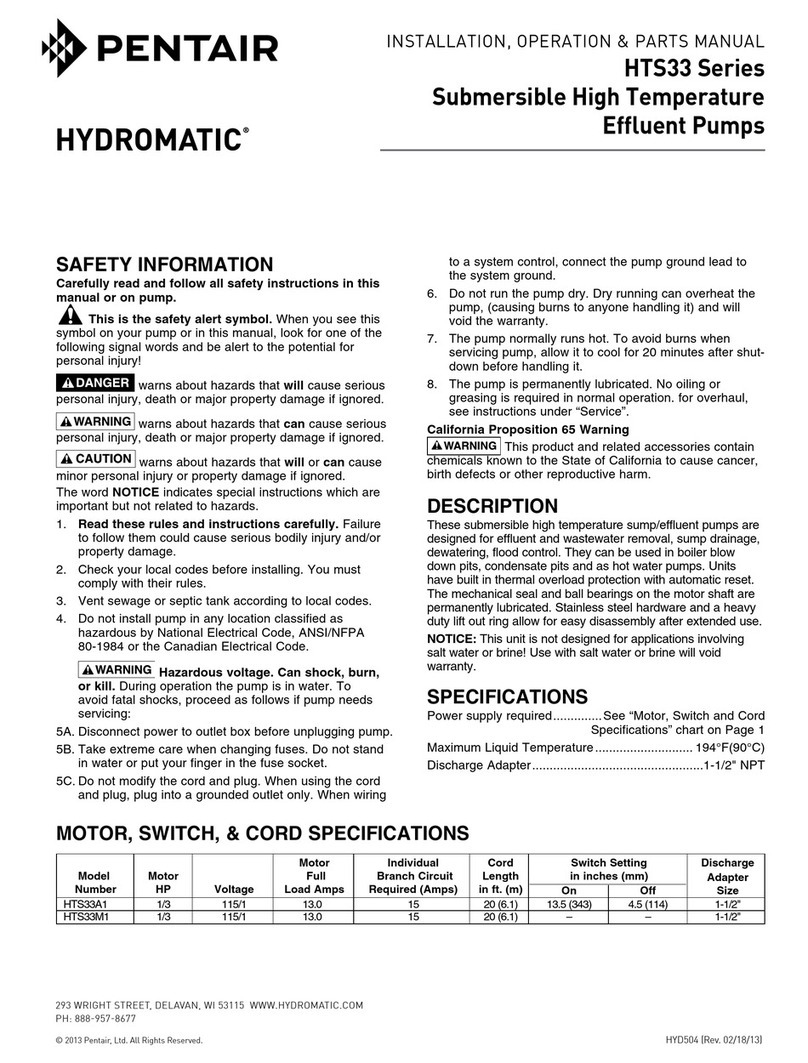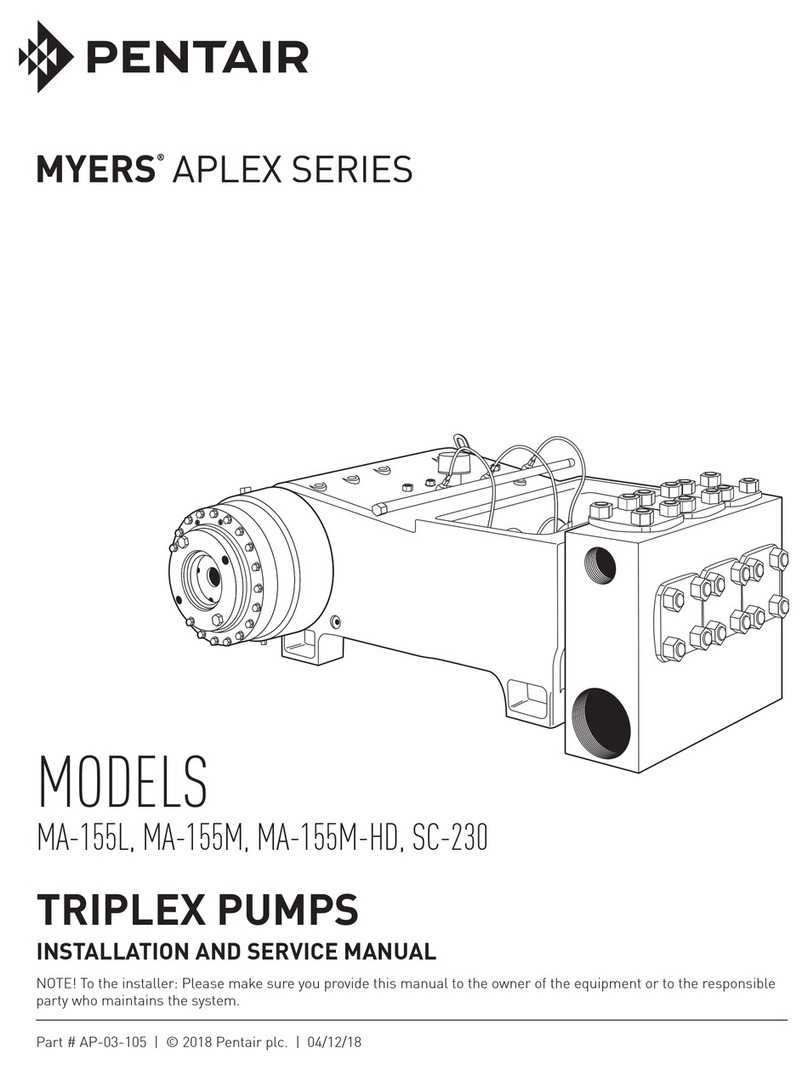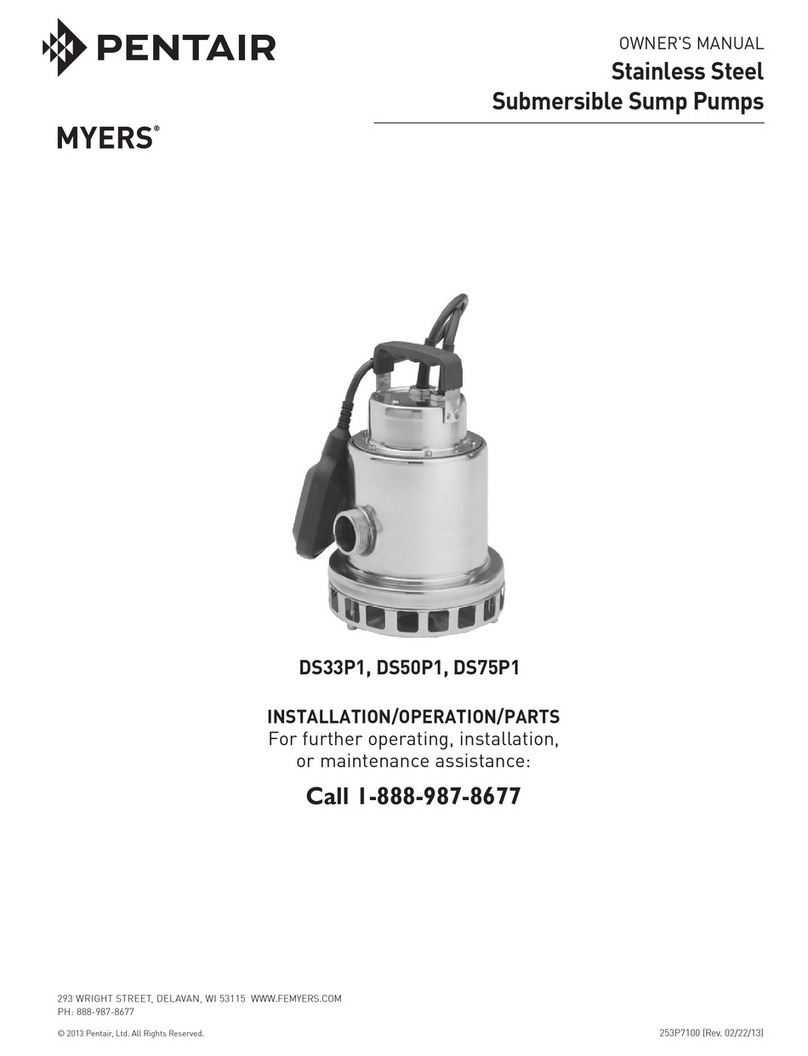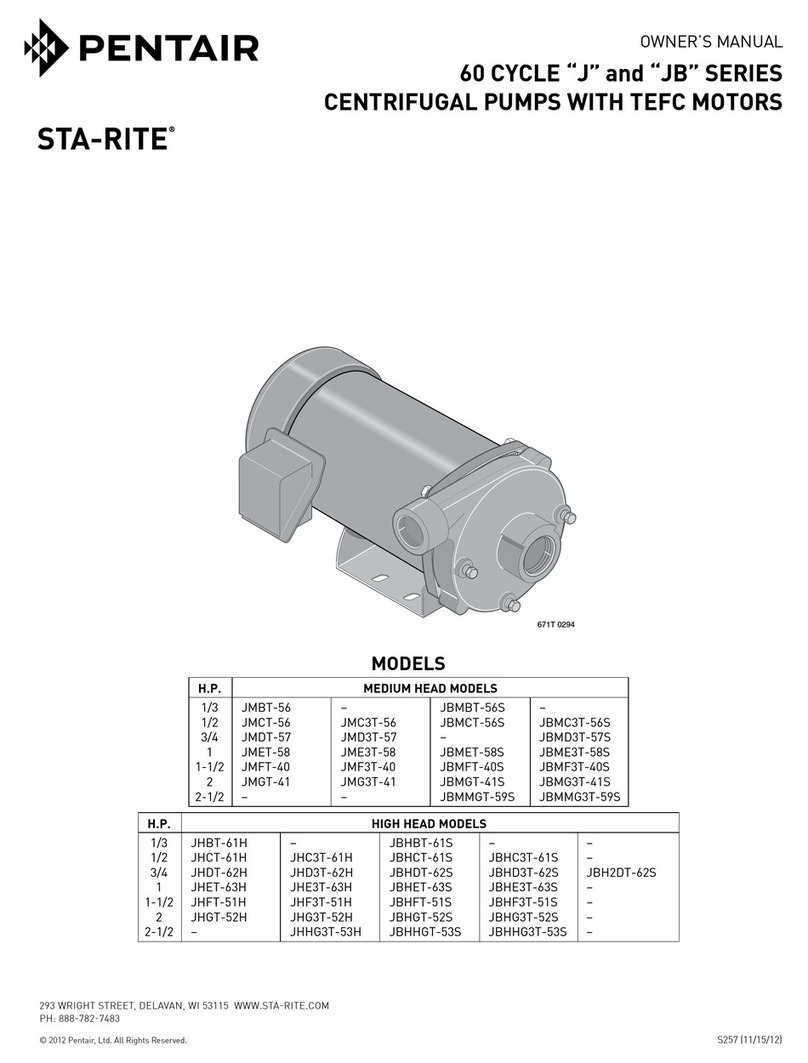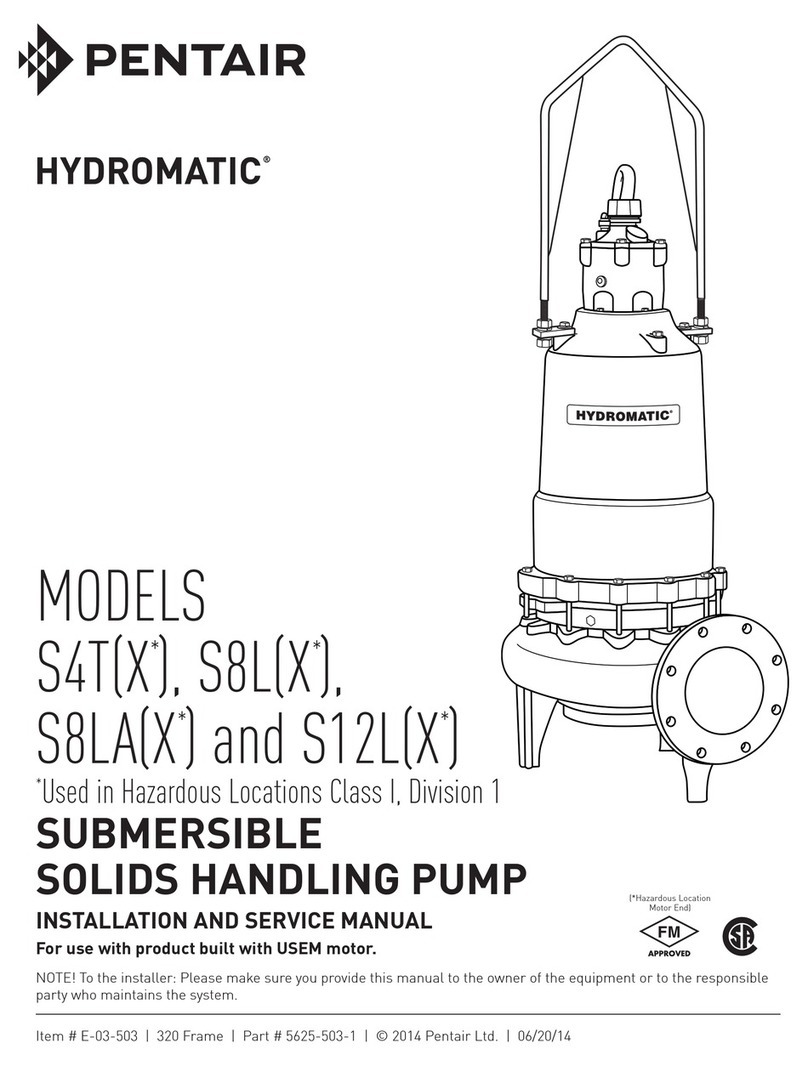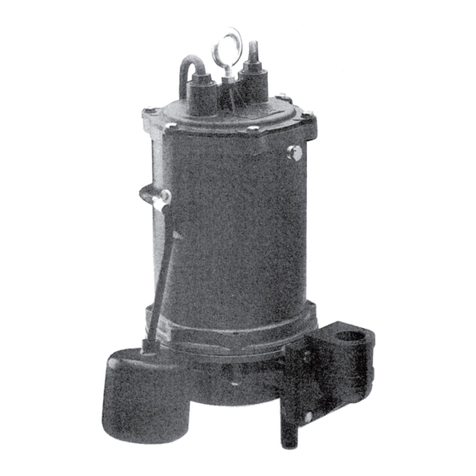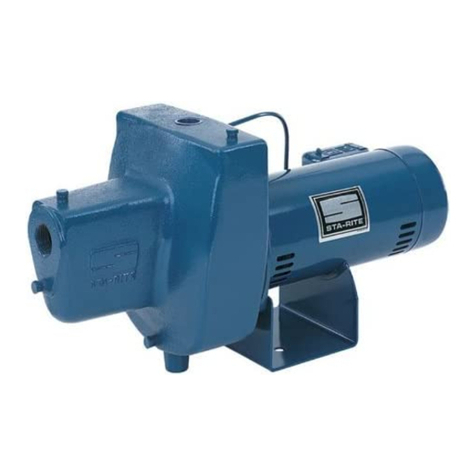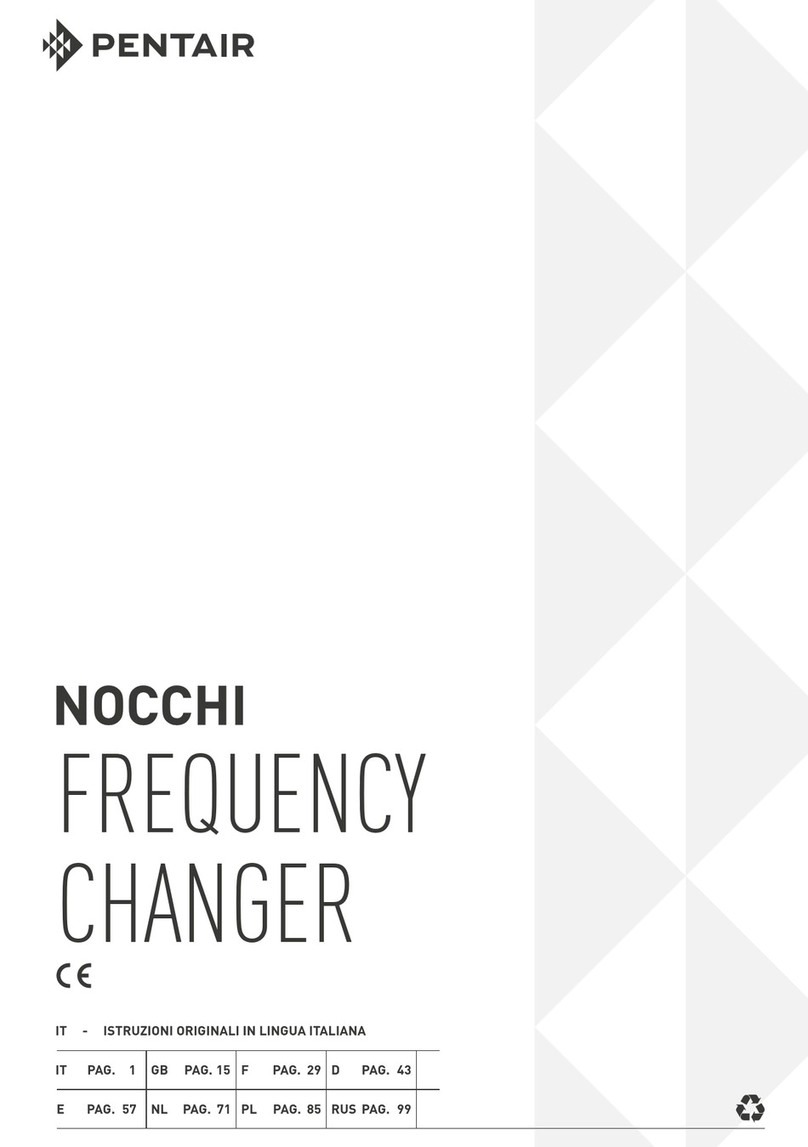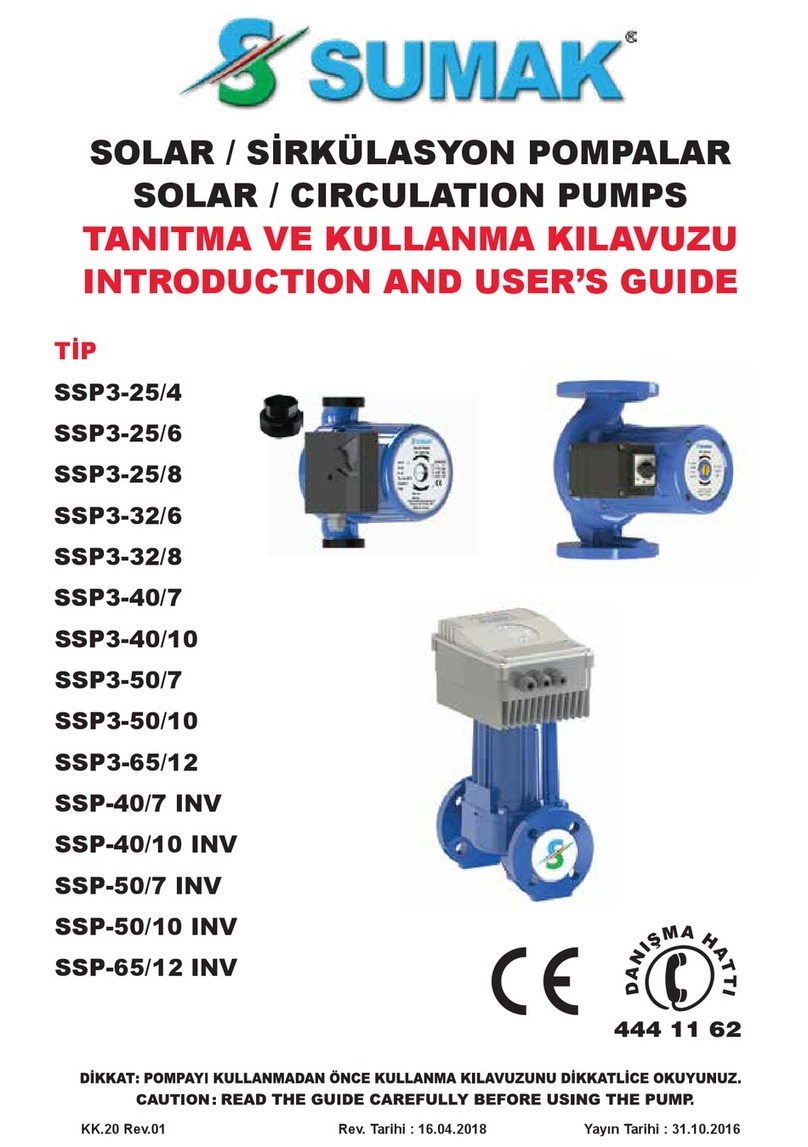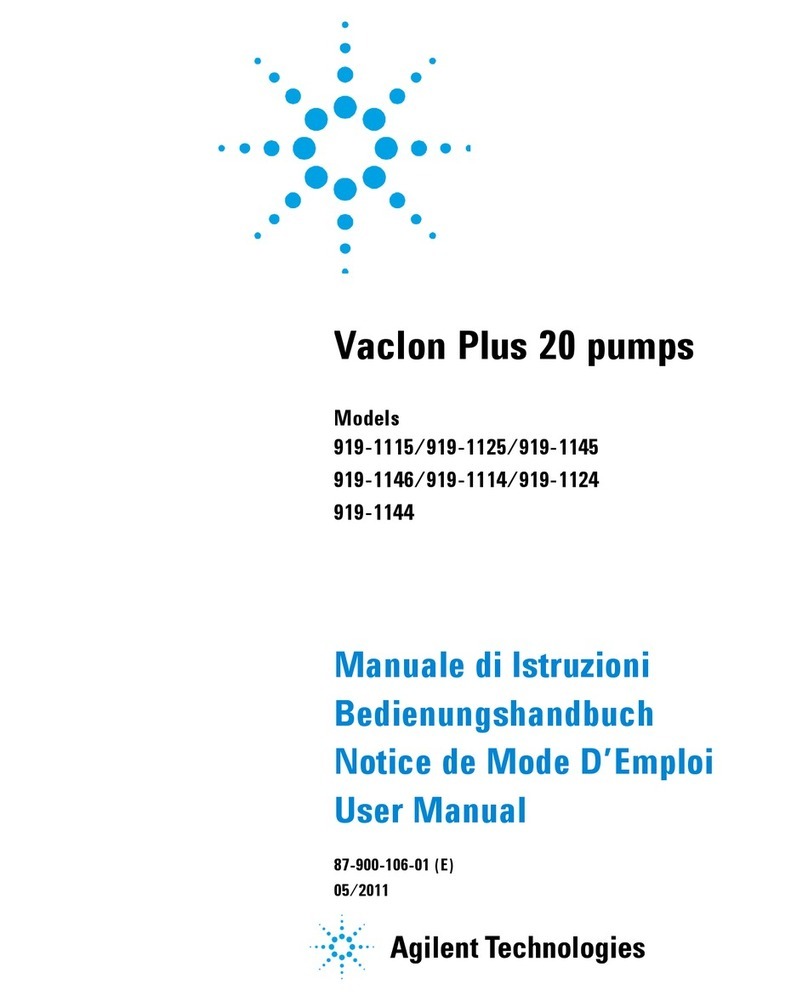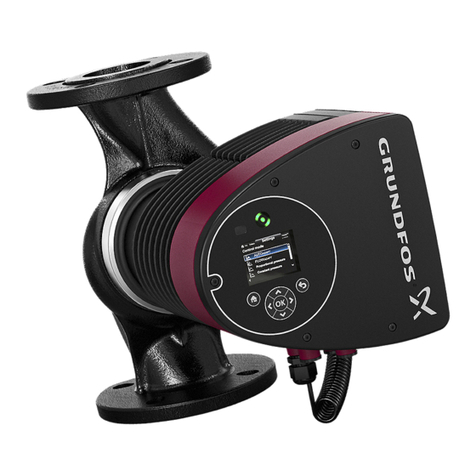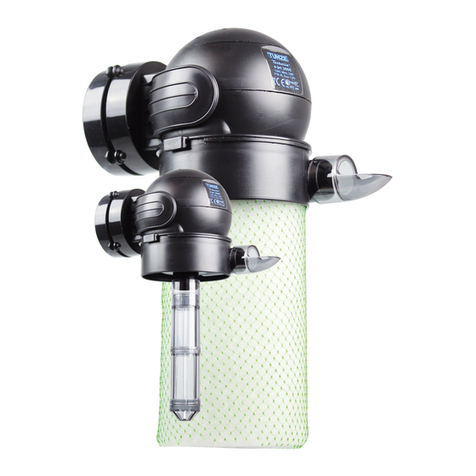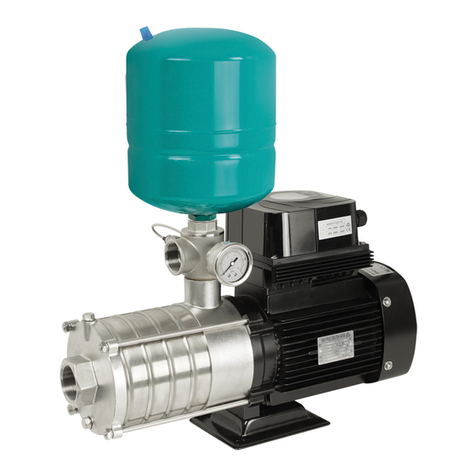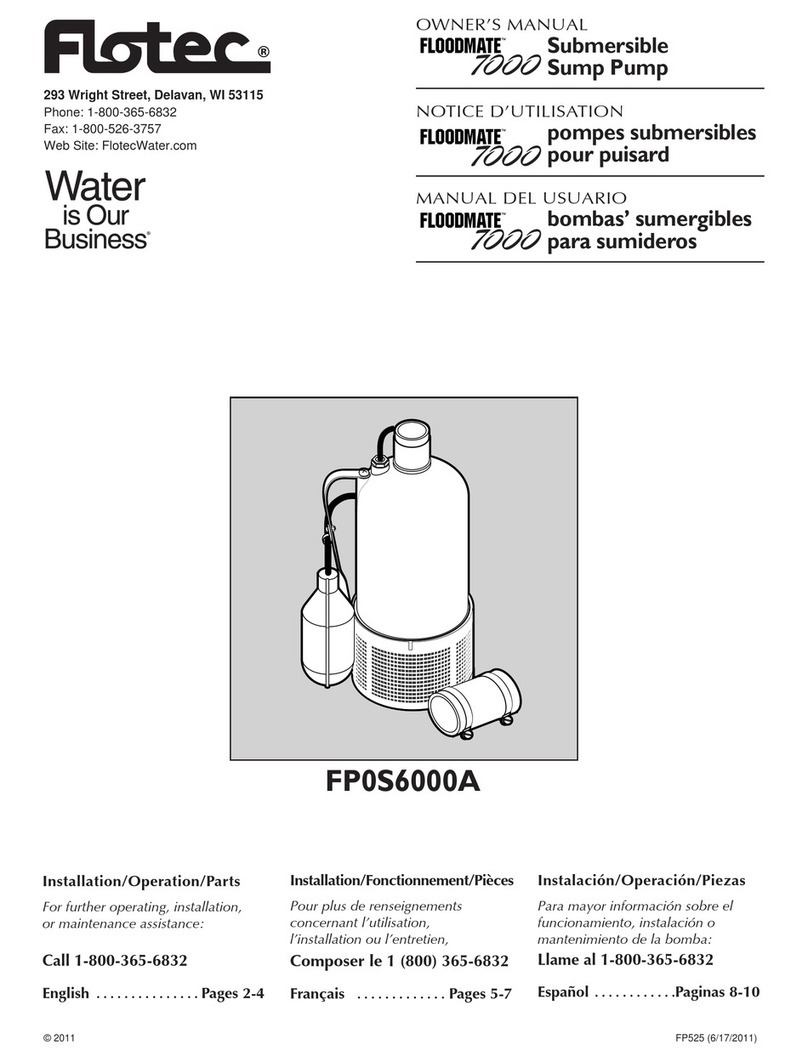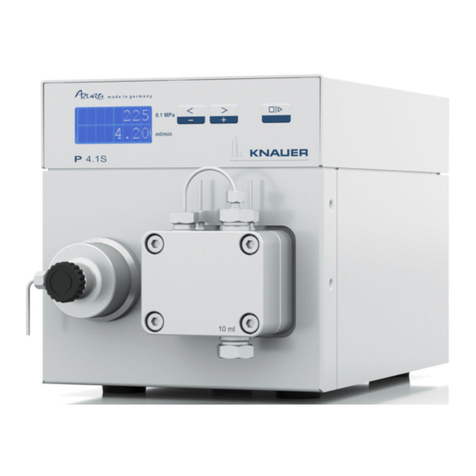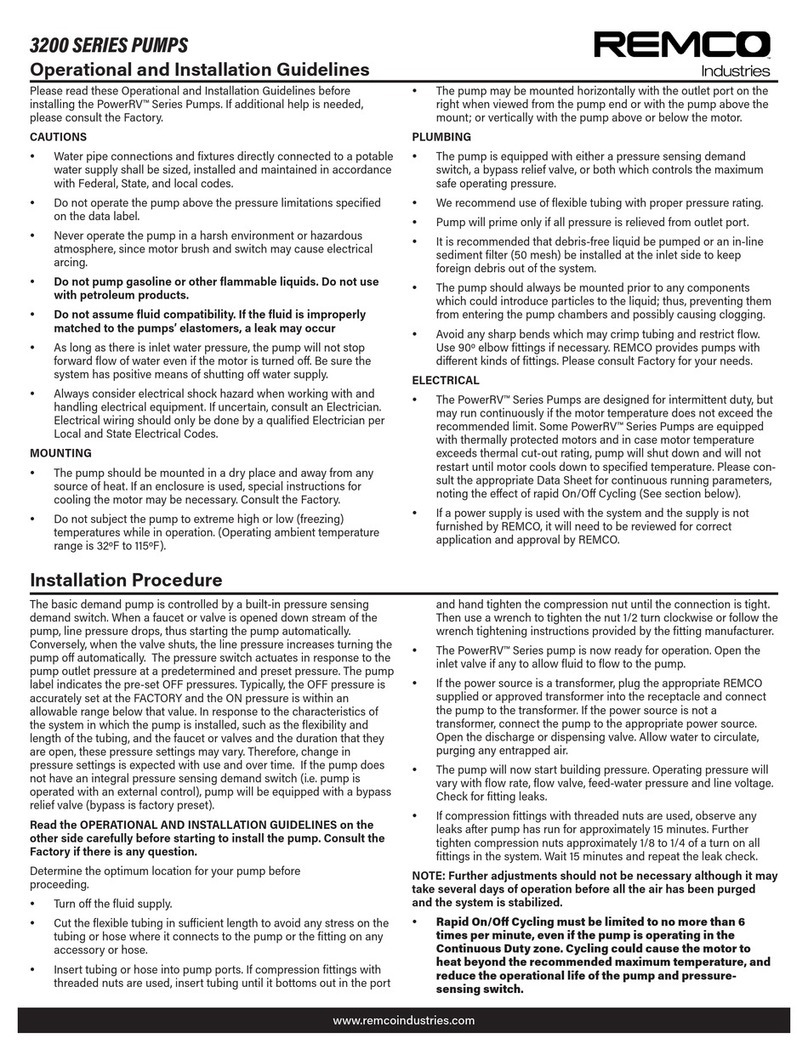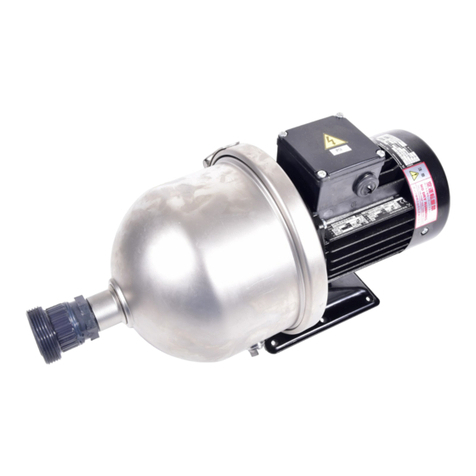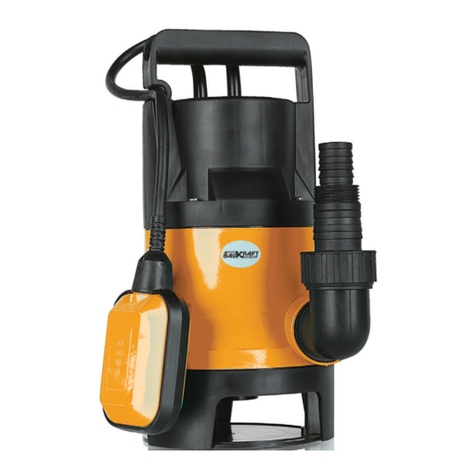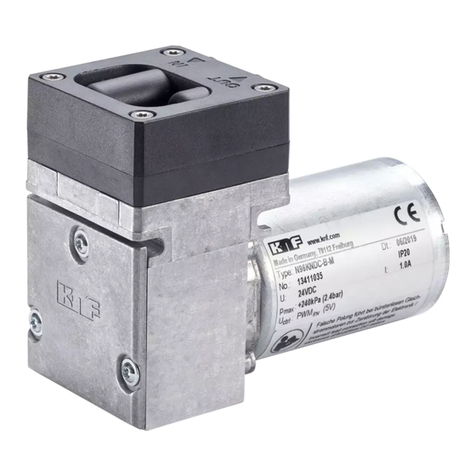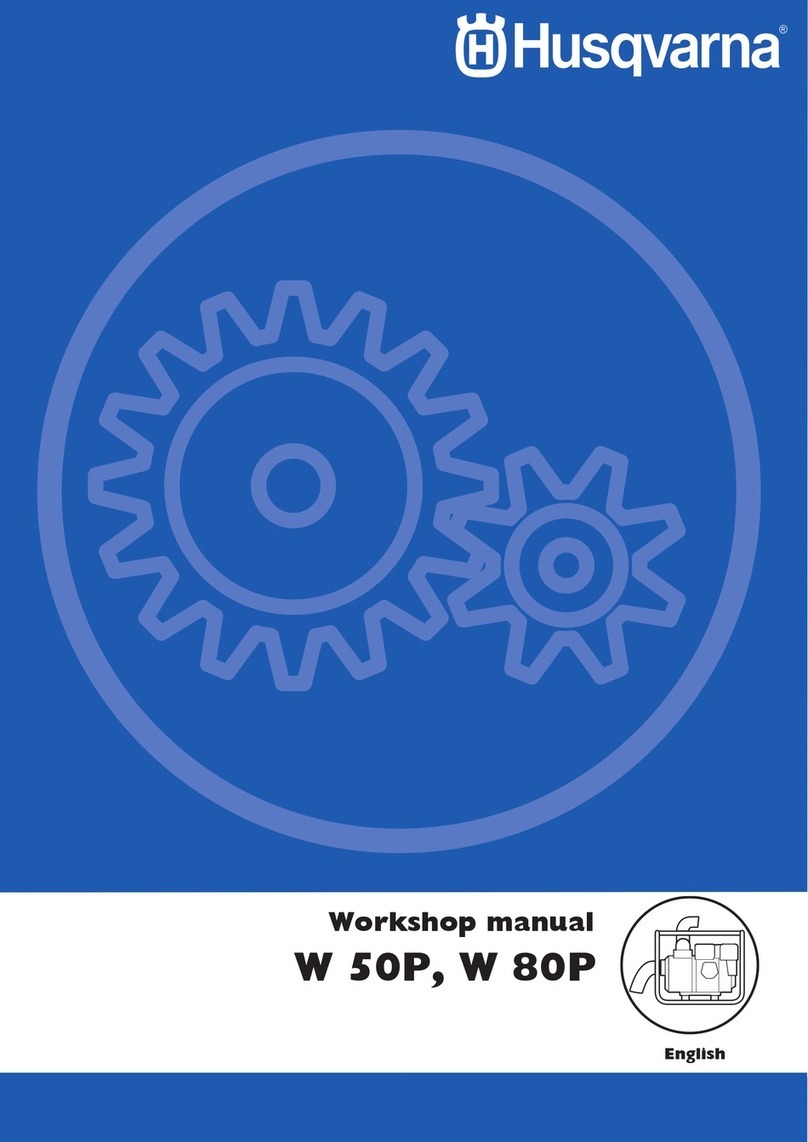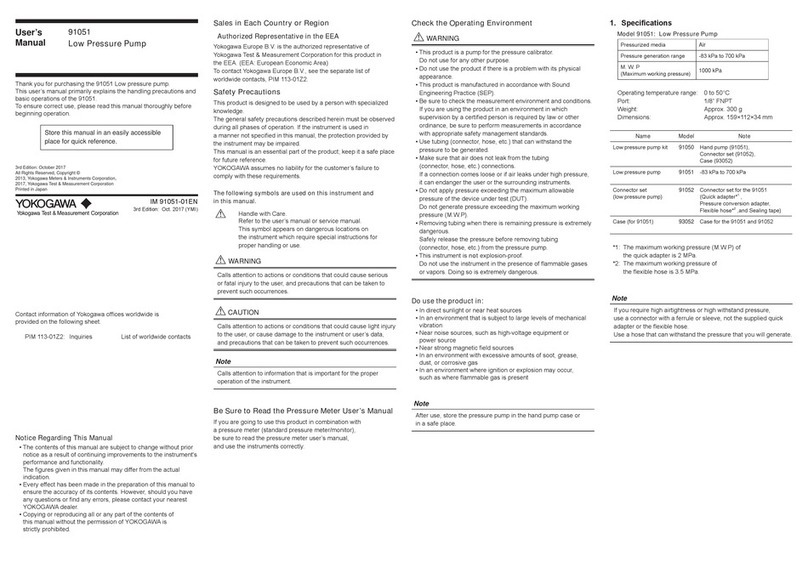
2
General
Information
Attention:
This manual contains important
information for the safe use of
this product. Read this manual
completely before using this
product and refer to it often
for continued safe product use.
DO NOT THROW AWAY OR
LOSE THIS MANUAL. Keep
it in a safe place so that you
may refer to it often. Reasonable
care and safe methods should be
practiced. Check local codes and
requirements before installation.
Unpacking Pump:
Remove pump from carton.
When unpacking unit, check for
concealed damage. Claims for
damage must be made at the
receiving end through the delivery
carrier. Damage cannot be
processed from the factory.
WARNING: Before handling
these pumps and controls,
always disconnect the power
first. Do not smoke or use
sparkable electrical devices or
flames in a septic (gaseous) or
possible septic sump.
CALIFORNIA PROPOSITION
65 WARNING:
This product
and related accessories contain
chemicals known to the State of
California to cause cancer, birth
defects or other reproductive harm.
Pumps Not Operating or in
Storage:
Pumps with carbon ceramic seals
must have impellers manually
rotated (6 revolutions) after
setting non-operational for
3 months or longer and prior to
electrical start-up.
Pumps with tungsten carbide seals
must have impellers manually
rotated (6 revolutions) after
setting non-operational for 3
weeks or longer and prior to
electrical start-up.
Seal Failure:
An electrode is installed in the
seal chamber so if any water
enters the chamber through
the first seal the electrode will
be energized and a signal will
be transmitted to the sensing
unit at ground surface causing
a red light to turn on. The
electrode probe is installed in
all units, but the sensing unit
is supplied at extra cost and
must be ordered.
In operation the seal failure
unit indicates only that there is
some water in the seal chamber.
The pump will continue to
operate, but the seal should be
checked immediately after failure
is indicated.
The sensing unit is recommended
on all installations as good
insurance against motor failure.
Pump:
The submersible pumps in this
manual are supplied for 1 and 3
phase and for 200, 230, 460 or
575 volts. Power cable is supplied
with the green wire for ground. Be
sure green wire is connected to a
good ground such as water pipe or
ground stake.
Heat Sensors:
All motors have heat sensor units
embedded in the motor winding
to detect excessive heat. The
heat sensors are set to trip at
130°C on the H3H. The sensors
automatcally reset when motor
cools to safe temperature.
The sensors are connected in
series with the motor starter coil
so that the starter is tripped if heat
sensor opens. The motor starter is
equipped with overload heaters so
all normal overloads are protected
by the starter.
IMPORTANT: If Hydromatic®
electrical starting equipment is
not supplied, the heat sensor
circuit must be connected in
series with the starter coil or
warranty is void.
Sump Level Control:
Sump level is controlled by
Hydromatic switch controls.
The float is held in position in
the sump by a weight attached
to the power cord above
the float. The cord supports the
float and is adjusted for height
from the surface.
Duplex systems use three
controls: one set at turn-off, one
set at turn-on for one pump, and
one set for turn-on for two pumps.
Pumps alternate operation on each
successive cycle.
Two pumps operate together only
if sump level rises to the third
or override control. The override
control also brings on the second
pump in case of failure of the
first pump. Extra floats with
appropriate controls can be
supplied for alarm functions.
Triplex systems use four controls:
one set at turn-off, one set at
turn-on for one pump, one set
at turn-on for two pumps, and
one set at turn-on for three
pumps. Pumps alternate each
successive cycle.
Three pumps operate together
only if sump level rises to the
fourth control (second override).
This control also brings on the
third pump in case of failure
of either or both of the first
two pumps.
















